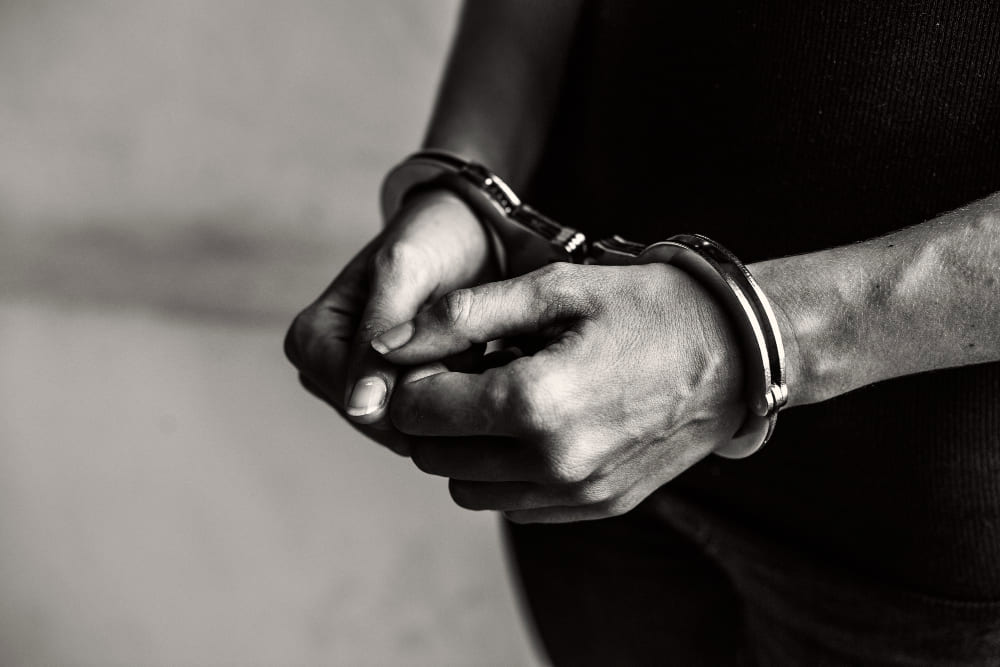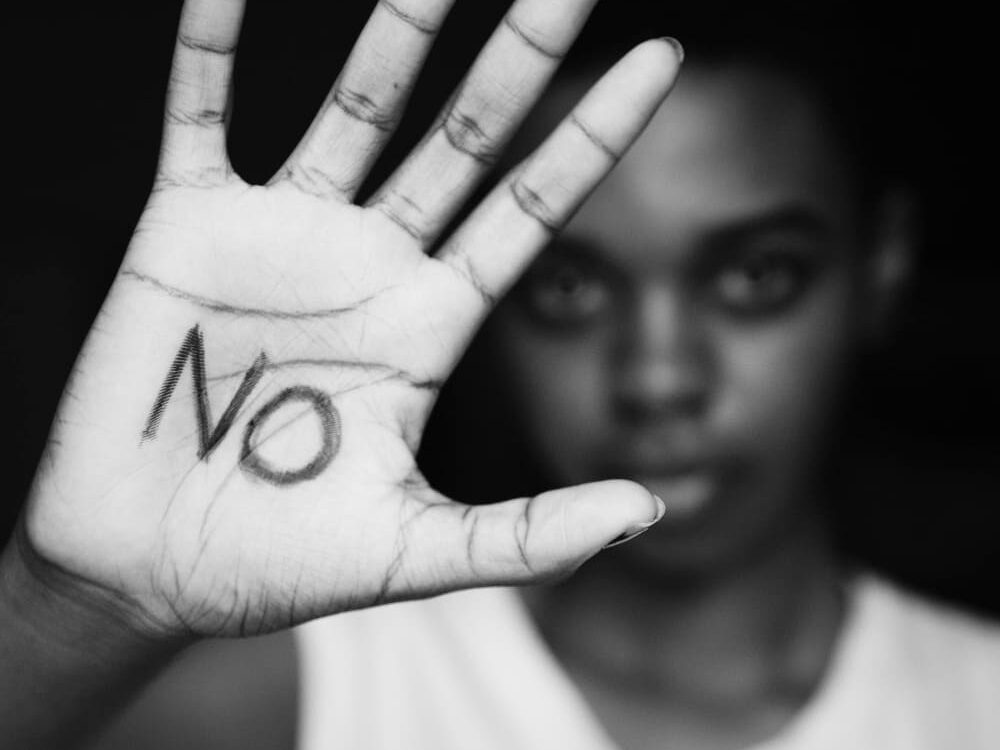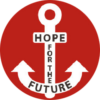The Nordic Model, also known as the Swedish or Gender Equality Model, was introduced in Sweden in 1999 and has since represented a powerful political approach in the fight against prostitution and human trafficking. The central tenet of this model is that prostitutes are decriminalised, while sex buyers and profiteers are prosecuted, and exit programmes and prevention work are developed. The aim is to reduce the demand for sex work while protecting women in emergency situations.
The four pillars of the model
The model is based on the following four pillars:
- Decriminalisation of prostitutes,
- Prosecution of clients and profiteers such as pimps and brothel operators,
- Comprehensive exit programmes,
- Education, public relations and prevention.
This combination of the four pillars is essential, as it brings together both criminal and social measures to structurally reduce the system of prostitution and promote equality.
Decriminalisation – protection instead of stigmatisation
One of the basic requirements is not to treat prostitutes as criminals, but to protect them. Prostitution laws often require registration, which can lead to fines or even imprisonment for violations. This criminalises the victims of prostitution. The aim is to integrate those affected into the legal framework as best as possible, rather than sanctioning them.
Criminalising clients – combating demand
The central instrument of the rule of law is the criminalisation of the purchase of sex. By sanctioning demand, the market for prostitution and sex trafficking should shrink. According to the model, clients are considered perpetrators and not consumers of sexual services. This sends a strong social message: ‘Sex is not for sale.’ It also enables more effective prosecution, as investigations are no longer solely dependent on the statements of those affected.

Exit assistance – effective and human rights-oriented
A ban on the purchase of sex alone is not enough, which is why exit options must be provided. These include counselling services, financial support, housing and medical assistance. Without such programmes, prostitutes could be left in a precarious economic situation. In Austria, there are now a wide range of support services that help women and men affected by prostitution or human trafficking to build a self-determined life outside of exploitation. These include our association, Hope for the Future.
Prevention & education – long-term cultural change
Public education about the structures of exploitation and the effects of prostitution is urgently needed. This ranges from campaigns to awareness-raising in schools. NGOs such as our association Hope for the Future rely on blog articles and social media, as well as lectures, workshops and panel discussions to raise awareness of prostitution and human trafficking.

Critical voices
Despite its human rights objectives, the Nordic model is increasingly viewed critically, especially from feminist and social science perspectives. An analysis by the London School of Economics shows that the criminalisation of sex buyers often leads in practice to sex workers being forced into unsafe and hidden working environments. They lose access to safe places, are increasingly dependent on unregulated, quick transactions and avoid the police or health services for fear of repression, which in turn increases their vulnerability to violence and exploitation.
Structural risks
Critical analyses show that the model can also have downsides in practice. For example, if criminal penalties against clients lead to prostitution being pushed into more dangerous, uncontrolled spaces, or if support services are not sufficiently developed, protection concepts can quickly become new risk factors. Continuous, realistic evaluation and consistent implementation of the four pillars are therefore necessary.
Conclusion
The Nordic model offers hope in the fight against prostitution. It represents an ambitious attempt to combat prostitution and human trafficking holistically, with the aim of holding those who profit from and demand prostitution accountable, rather than those affected by it. The four pillars – decriminalisation, criminalisation of clients, exit assistance and prevention – provide a clear framework for equality and victim protection. The combination of criminal and social measures in particular has great potential to change social attitudes and create real alternatives to prostitution. The Nordic model can thus be an effective tool in the fight against exploitation, but only if it is supported by concrete structures for protection, participation and justice. The key lies not only in prohibitions, but in social responsibility, sustainable support and genuine freedom of choice for those affected.
#NordischesModell #Prostitution #Menschenhandel #Entkriminalisierung #Kriminalisierung #Ausstiegshilfen #Sexkaufverbot #Gleichstellung #AgainstHumanTrafficking #GegenMenschenhandel #EndExploitation #EndTrafficking #HopeForTheFuture #Österreich
